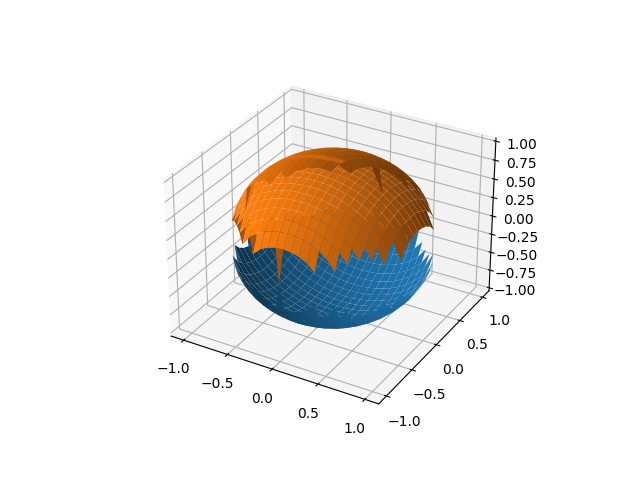The official webpage comes with this intro:
Ursina makes it easier to develop games, visualizations and other kinds of software.
The concise API combined with the power of the Python programming language, makes life easier for the developer so they can focus on what they are making.
Ursina can be used on Windows and Linux
Today I tested on Fedora Linux and works great.
First, the install process is easy with pip3 tool.
[mythcat@desk ~]$ pip3 install ursina
Defaulting to user installation because normal site-packages is not writeable
Requirement already satisfied: ursina in ./.local/lib/python3.9/site-packages (3.2.2)
Requirement already satisfied: screeninfo in ./.local/lib/python3.9/site-packages (from ursina) (0.6.6)
Requirement already satisfied: numpy in /usr/lib64/python3.9/site-packages (from ursina) (1.19.4)
Requirement already satisfied: panda3d in ./.local/lib/python3.9/site-packages (from ursina) (1.10.7)
Requirement already satisfied: pyperclip in ./.local/lib/python3.9/site-packages (from ursina) (1.8.1)
Requirement already satisfied: pillow in /usr/lib64/python3.9/site-packages (from ursina) (7.2.0)
Create a python script file:
[mythcat@desk ~]$ cd PythonProjects/
[mythcat@desk PythonProjects]$ vi ursina_001.pyfrom ursina import *
# create the application
app = Ursina()
# set some data , like a cube
ground = Entity(
model = 'cube',
color = color.blue,
z = -.1,
y = -3,
origin = (0, .5),
scale = (50, 1, 10),
collider = 'box'
)
# run the application
app.run()[mythcat@desk PythonProjects]$ python ursina_001.py
ursina version: 3.2.2
package_folder: /home/mythcat/.local/lib/python3.9/site-packages/ursina
asset_folder: .
psd-tools not installed
which: no blender in (/usr/local/bin:/bin:/usr/bin:/usr/local/sbin:/usr/sbin:/sbin:
/home/mythcat/.composer/vendor/bin:/home/mythcat/.dotnet/tools:/var/lib/snapd/snap/bin)
blender_paths:
{}
OS: posix
screen resolution: (1280, 1024)
Known pipe types:
glxGraphicsPipe
(all display modules loaded.)
render mode: default
no settings.py file
no settings.py file
development mode: True
application successfully started


